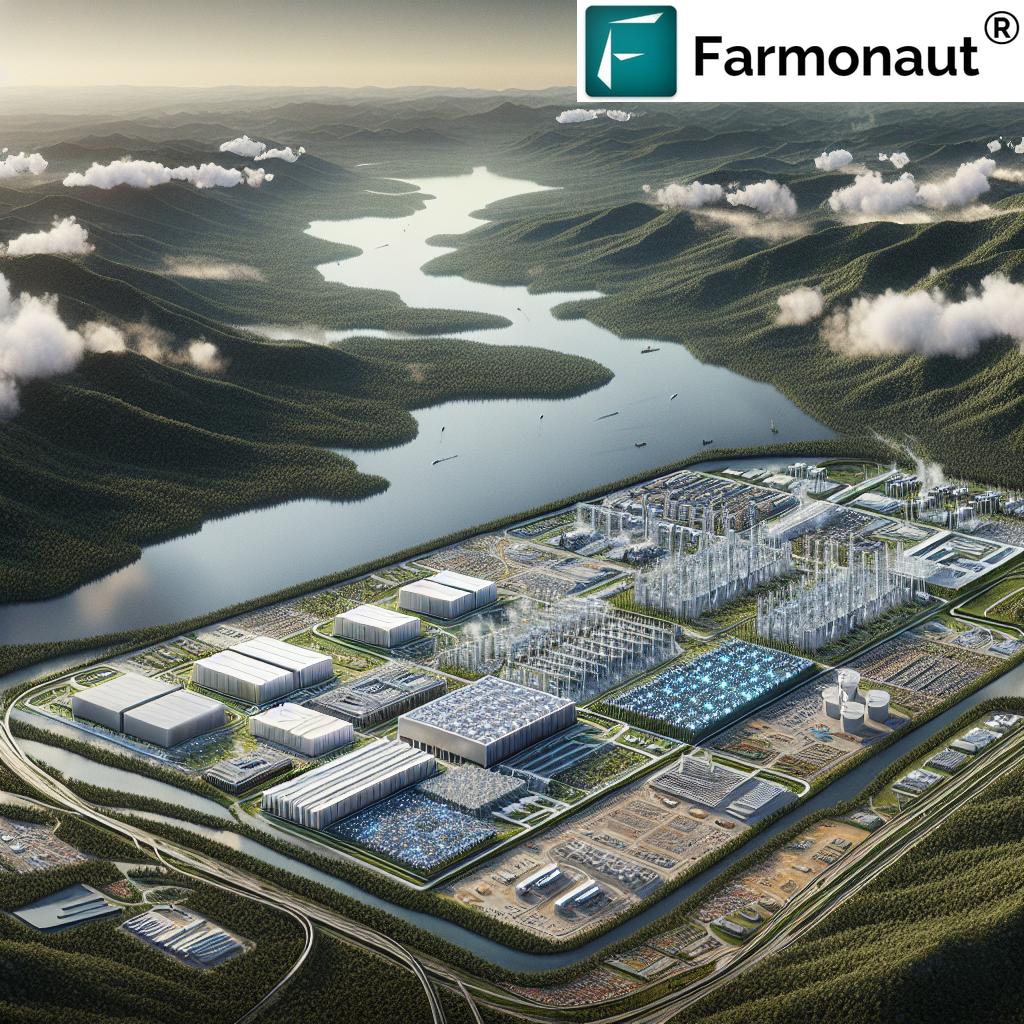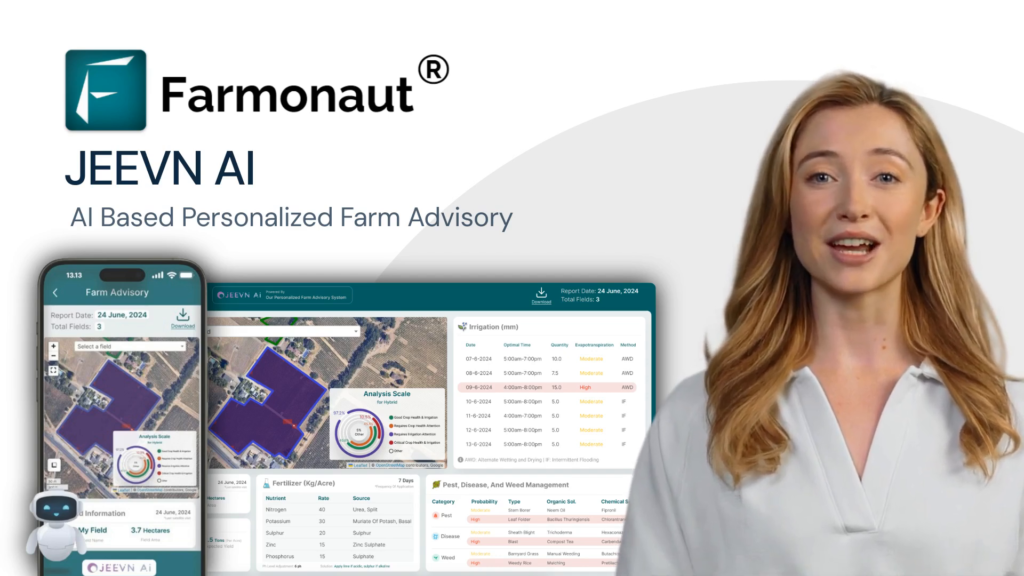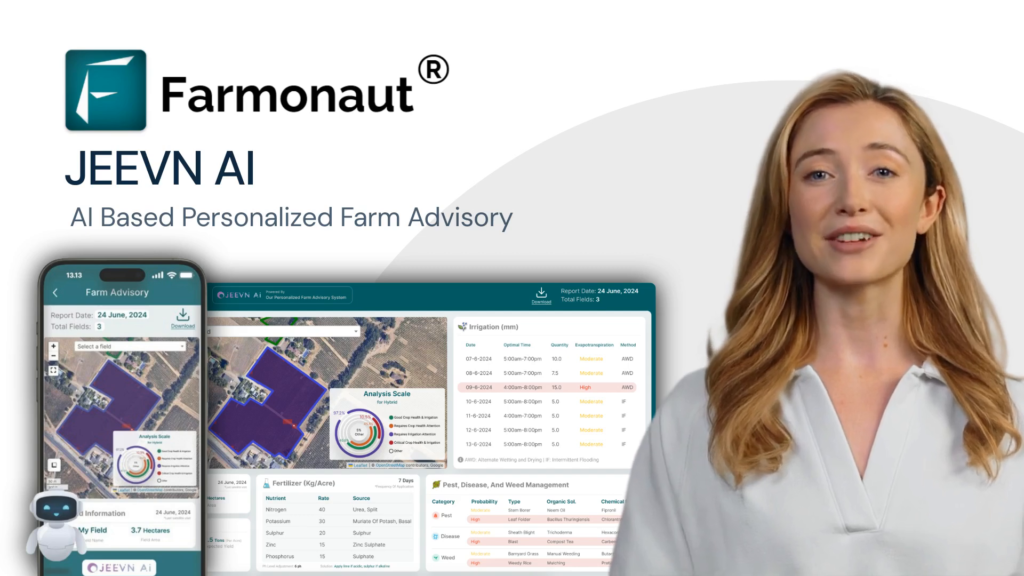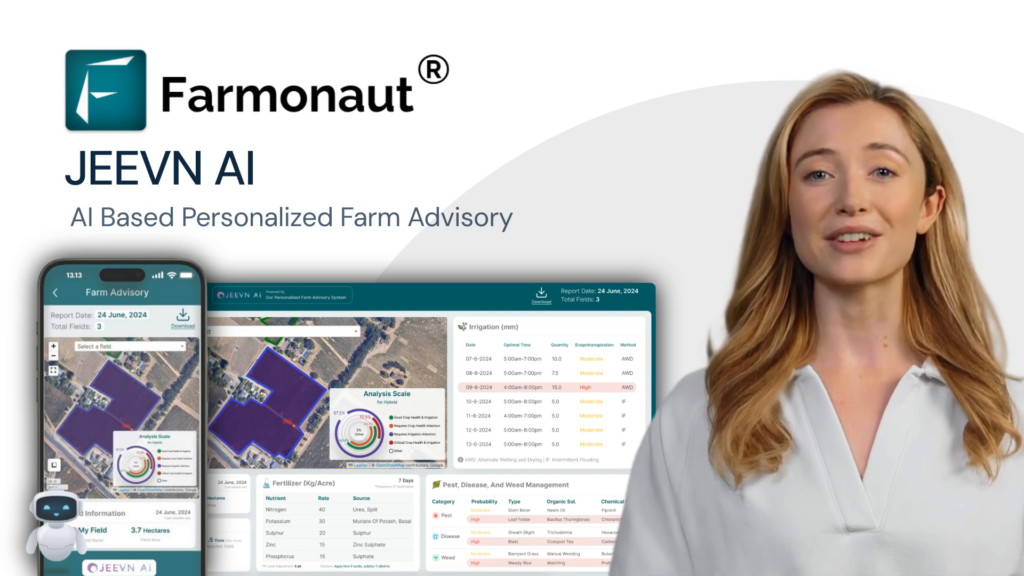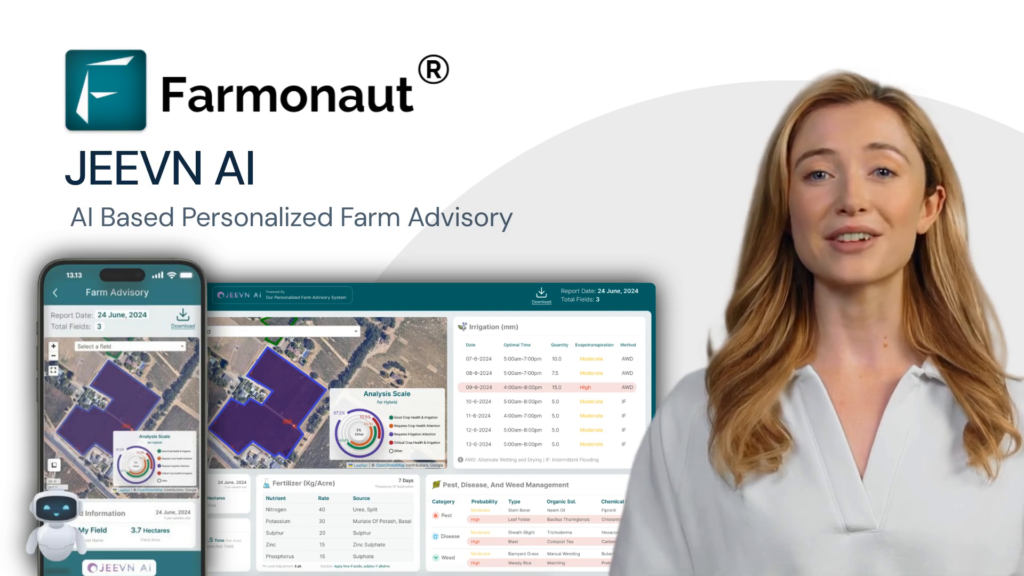Bessemer Data Center Proposal: 7 Critical Impacts on Alabama Community
“The proposed Bessemer data center could consume up to 5 million gallons of water daily, impacting local resources.”
Introduction: Data Center Development Alabama – Community at a Crossroads
In an era defined by digital transformation, AI, and endless data processing, the quiet communities on the outskirts of Bessemer, Alabama have unexpectedly found themselves at the heart of a national debate. Here, surrounded by mountain views and wooded land, residents have long cherished peace, nature, and the predictable rhythms of rural life. Now, with the proposed Bessemer data center proposal, our community faces the immense potential of change—social, environmental, and economic.
This is not merely the story of another tech development or infrastructure challenge. It’s a test case for how an industrial project as large and resource-intensive as a data center development can reshape a community, impact local infrastructure, and spark resistance.
Throughout this analysis, we will examine the seven critical areas affected by the Bessemer data center proposal: energy consumption, water usage, land rezoning, environmental degradation, infrastructure strain, tax implications, and community disruption. Each section delves into a key aspect of the story, illuminating the economic stakes, legal battles, and existential fears faced by those who call this corner of Jefferson County home.
Project Marvel: Overview of the Bessemer Data Center Proposal
To understand what is at stake, we need to examine Project Marvel—the code name for one of the most ambitious data center developments currently under consideration in the state of Alabama. The plan calls for the transformation of a 700-acre wooded tract—land that today serves largely agricultural and residential uses—into a sprawling, high-capacity data processing center. If built to its planned capacity, the site will feature eighteen massive buildings, each dwarfing familiar local landmarks such as the Walmart Supercenter.
Logistics Land Investments LLC, a development company with an opaque ownership structure and a track record already beset by legal disputes, steers the project. The company is a recent entrant to Alabama’s economic ecosystem, operating from Delaware and represented at hearings exclusively through legal intermediaries. Residents and even some local officials remain in the dark, as city leaders have signed non-disclosure agreements, further amplifying community fears.
Let’s explore each of the seven critical impacts, drawing from interviews, legal filings, and the lived experiences of our neighbors.
“Rezoning for the data center may affect over 200 acres of land, altering Bessemer’s community infrastructure significantly.”
1. Energy Demand from Data Centers – Powering the Digital Age
Massive Power needs: A New Reality for Alabama’s Electric Grid
The energy demand from data centers is unprecedented. Recent projections indicate that, if completed, the Bessemer campus will require approximately 1,200 megawatts—or over 10 million megawatt hours per year. That’s more than 90 times the current annual residential energy use in Bessemer and ten times that of Birmingham, placing the data center among the largest single power consumers in the state.
This demand, driven by resource-hungry cloud computing, AI, and cryptocurrency processing, has knock-on effects for our community beyond what we might expect:
- Electric Utility Strain: Local systems may need upgrades; costs are often passed on to customers.
- Fossil Fuel Lock-in: Alabama Power, the state’s monopoly provider, is already seeking new gas-fired plants to support projected loads.
- Potential for Higher Bills: Residents fear that their energy costs will increase, as demand pressures the power grid.
- Climate Change Concerns: Without requirements for clean or renewable energy investments, such centers can become drivers of regional emissions.
Many in our area question whether the benefits justify such overwhelming resource demands—especially with uncertainties over the project’s final customers or guarantees of public good.
2. Water Use in Data Centers – Cooling Challenges and Risks
High-Stakes Cooling: Water at the Heart of the Digital Battle
Perhaps the most alarming feature of hyperscale data centers is their water use. Massive server farms generate such heat that they require relentless cooling—a task typically achieved by chiller and cooling tower systems reliant on steady water flows.
- Estimated Use: The proposed center, in line with similar developments, could extract up to 5 million gallons of water daily—making it a largest water consumer in Alabama, with potential ripple effects throughout Jefferson County and beyond.
- Source and Responsibility: Alabama’s regulatory system has few checks in place—businesses self-report water use, major withdrawals require only basic certificates, and actual oversight is minimal.
- Environmental Fallout: Heavy withdrawal from the Warrior River and local aquifers can lower stream levels, affect neighboring wells, degrade aquatic habitats, and ultimately challenge the community’s own water security.
- Runoff and Pollution Risks: Cooling systems often incorporate chemical agents. Leaks or accidental runoff threaten contamination of local lakes and wildlife habitats.
Our neighbors using well water are particularly vulnerable: as high-capacity users like data centers pull from the water table, wells can run dry or become contaminated—an issue demanding urgent local and state attention.
3. Rezoning for Industrial Development – Land and Community Change
Transforming Rural Alabama: What Rezoning Means
A critical component of the Bessemer data center proposal is the required rezoning—from agricultural (and some residential) to industrial use. This transformation affects more than just zoning codes:
- Loss of Green Space: At least 100 acres will be clear-cut, out of a total 200+ acres likely to be permanently altered.
- Change of Community Character: Residents fear the shift away from agricultural tranquility to 24-hour industrial noise, light pollution, and security infrastructure—including fences, cameras, and barriers.
- Legal Battles: Local home and landowners have filed suit, alleging insufficient public notice and inadequate community engagement about rezoning impacts.
- Transparency Issues: Documents and plans have been shielded by non-disclosure agreements, frustrating those seeking to understand or influence the development’s real scope.
On a grander scale, we are witnessing how rezoning for industrial development can serve as a tipping point in the evolution of a community, sometimes despite the stated wishes of its members.
4. Environmental Impact of Data Centers – Forests, Wildlife, and Climate
Ecosystem at Risk: What Will Remain?
Transforming hundreds of acres of wooded land into impervious center campuses is not only an aesthetic loss—it’s an ecological crisis:
- Clear-Cutting Threatens Biodiversity: Removal of mountain woodlands and wetland buffers will displace songbirds, raptors, deer, and countless plant species. Local eagles, raccoons, and even fish populations face severe disruption.
- Flood and Runoff: Decreased ground absorption exacerbates flood risk, especially following heavy rains, as impermeable surfaces channel water towards existing lakes and residential areas, sometimes loaded with construction or chemical runoff.
- Light and Noise Pollution: Long-term, residents foresee perpetual artificial daylight and machine drone, replacing starlit Alabama nights and the healthy quiet that has defined their area.
- Climate Implications: The absence of trees and the vast energy use (much of it non-renewable) support increased emissions and undermine the state’s efforts to mitigate climate risk.
5. Infrastructure Challenges Jefferson County Faces
Can the System Handle the Strain?
Modern data centers are not islands. The infrastructure challenges present for Jefferson County and Bessemer are dramatic:
- Electricity Distribution: Will the current grid support such centralized, high capacity loads, or will expensive system upgrades be necessary?
- Sewer and Water Lines: Can existing pipelines, pumps, and treatment works reliably supply and service the projected demands—or will utility rates climb to cover rapid expansion?
- Fire and Emergency Services: More complex and potentially hazardous equipment (including thousands of lithium batteries) means a need for advanced safety protocols and quick-response resources that may currently be unavailable in rural Alabama.
- Traffic and Road Capacity: Years of construction vehicles, plus long-term increases in industrial traffic, may clog roads ill-equipped for heavy loads, dramatically changing daily life for residents.
Our leaders must ask: is our community infrastructure ready to support a project of this size—and who bears the cost if it isn’t?
6. Tax Abatements and Local Economy
Tax Incentives: The Price of Attracting Big Tech
Tax policy is a double-edged sword for our municipality:
- 30-Year Tax Abatement: The company behind the Bessemer data center proposal would receive up to $500 million in tax breaks under state law, meant to entice large-scale development.
- Direct Benefit vs. Long-Term Loss: While headline-making tax revenues may flow in later, abatements mean reduced public funds for schools, emergency services, and local projects for decades.
- Uncertain Job Creation: Data centers generate some construction (200 new jobs is a cited figure), but long-term employment remains small relative to the project’s scale, and most positions require specialty skills.
- Comparative Policy: Other states—like Georgia—mitigate risks by ensuring tech companies directly pay for dedicated water, energy, and transportation infrastructure, but Alabama has less robust requirements.
For local residents, tax abatements for large developments provoke questions: are these incentives worth the cost, and do benefits reach ordinary people?
7. Community Opposition to Data Center – Social Fractures and the Fight for Transparency
A Community Divided: Battling for Voice and Control
As the data center saga unfolds, no single impact looms as large as the sense of alienation and loss felt by those living in Bessemer, near the planned center site:
- Lack of Engagement: Local residents have described public hearings as superficial, with little genuine accountability or responsiveness from elected officials.
- Non-Disclosure Agreements: Key city and county leaders have signed NDAs with the developer, cutting off public dialogue and apparently prioritizing company confidentiality over civic transparency.
- Litigation and Delays: Legal action by residents has temporarily halted the rezoning process, yet the company and city seem intent on pushing forward, setting the stage for a high-stakes, years-long court battle.
- Social Fragmentation: The fight itself has forged new bonds within the community—yet also exposed divisions about whose vision of Bessemer’s future should prevail.
Estimated Community Impact of Bessemer Data Center Proposal
| Impact Area | Estimated Change / Value | Community Challenge / Opportunity |
|---|---|---|
| Energy Consumption | +1,200 MW capacity (~10.5 million MWh/year) | Potential spike in electric utility bills; grid strain; climate emissions increase. |
| Water Usage | Up to 5 million gallons/day | Stress on rivers, local aquifers, and emergency reserves; increased risk of pollution and water insecurity. |
| Employment | ~200 construction jobs; fewer permanent roles | Economic boost (temporary), limited long-term employment for local workforce. |
| Traffic & Roads | +500 construction vehicles/day (estimate peak construction) | Congestion, increased road wear, higher accident risk during and after build-out. |
| Rezoning / Land Use | 200+ acres rezoned; 100+ acres clear-cut | Permanent loss of agricultural and wooded land; shift in area character. |
| Tax Revenue | $14.5B capital outlay; $500M abatement over 30 years | Delayed benefits; potential for reduced municipal revenue during abatement. |
| Infrastructure Strain | Significant upgrades and maintenance required | Financial and capacity burden on local systems and taxpayers; risk of service disruptions. |
Modern Environmental Monitoring Solutions: The Role of Farmonaut
Managing the environmental and agricultural impacts of such transformative projects requires advanced solutions. As leaders in satellite-based environmental monitoring, companies like Farmonaut are empowering stakeholders to adapt to rapid change and protect critical resources.
Farmonaut, an agricultural technology pioneer, offers real-time crop health monitoring, blockchain-backed supply chain traceability, and carbon footprint tracking. Their platform, accessible via web and mobile apps, upgrades traditional farm practices with data-driven insights.
For rural Alabama, such capabilities can illuminate the real impacts of large-scale developments—helping communities, policy makers, and businesses forecast water use, monitor land changes, and manage resource risks. For example:
- Crop Health and Water Monitoring: Detailed satellite imagery reveals shifts in soil moisture, land clearing, or potential farm distress linked to rising water demand or construction runoff.
- Carbon Footprinting: As the data center increases energy consumption—especially if fueled by fossil sources—accurate carbon footprint tracking supports state goals for climate mitigation, reporting, and smarter investments.
- Supply Chain Traceability: Transparency in agricultural supply chains is critical when infrastructure projects threaten traditional livelihoods and local brands. Solutions like Farmonaut’s blockchain traceability platform can protect agricultural identity and authenticity in disruption-prone regions.
- Large Scale Farm Management: With cultivated areas being reduced or rezoned due to industrial expansion, tools such as Farmonaut’s large scale farm management system can help maximize productivity and resource efficiency on remaining agricultural lands.
Explore the Farmonaut Satellite & Weather Data API for developers, or see in-depth Farmonaut API Docs for detailed integration options with environmental monitoring systems.
Frequently Asked Questions (FAQ) about the Bessemer Data Center Proposal
What is the main concern about water use in data centers?
Water use in data centers can be extremely high, with estimates for the Bessemer center reaching up to 5 million gallons per day. This level of consumption could stress local rivers, groundwater, and municipal water systems, leading to reduced availability for residents, agriculture, and wildlife, as well as increased risk of pollution.
How will the data center affect electricity and power infrastructure in Bessemer?
The Bessemer data center proposal projects a need for 1,200 megawatts of electricity, likely straining the grid and pushing utility providers to invest in new infrastructure—costs that often impact ratepayers. It could also drive Alabama Power to increase reliance on fossil fuels, affecting the state’s climate goals.
What are the risks of rezoning for industrial development?
Rezoning for industrial development means the permanent removal of agricultural or wooded land. This can lead to ecological disruption, flooding risks, loss of rural character, and social tensions. In Bessemer’s case, 200 or more acres could change forever.
What environmental safeguards exist for such large developments in Alabama?
Alabama’s regulatory framework is less robust than that of many other states. Major withdrawals require notification, but oversight is often limited, which underscores the importance of independent monitoring solutions and persistent community oversight.
How do tax abatements for large developments like this work?
Tax abatements can exclude corporate projects from paying property and sales taxes for up to 30 years, as seen with the Bessemer proposal. While intended to attract investors, they can reduce funds available for schools, infrastructure, and services in the short- and medium-term.
Can modern technology help Alabama communities monitor and adapt to these challenges?
Yes. Farmonaut, for example, offers large-scale, satellite-powered environmental monitoring solutions for land, crop health, water use, and more—providing vital data to communities and decision makers facing rapid industrial change.
Conclusion: The Future of Data Center Development in Alabama
The Bessemer data center proposal is more than a blueprint for technological growth—it is a microcosm of the wider tension between innovation and community, between economic ambition and environmental stewardship across Alabama and the United States. As AI and digital demand explode, our rural areas face radical transformation, often without robust systems in place to predict, monitor, or control the outcomes.
As we weigh the promises and pitfalls of data center development Alabama, it is incumbent upon us all—residents, city and county officials, policy influencers, and technology leaders—to demand transparency, uphold environmental standards, and invest in solutions that steward Alabama’s precious land, water, and community identity. Monitoring tools like those from Farmonaut offer new means of oversight and adaptation, but the true test will remain our collective willingness to act in the best interests of all who call Bessemer and Jefferson County home.
For more information on how technology is advancing sustainable land management, learn about Farmonaut’s carbon footprinting tools and product traceability solutions.
Stay informed. Get empowered. Protect our community and environment as Alabama forges its digital future.


